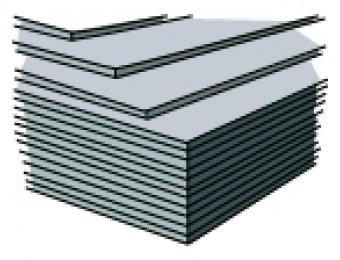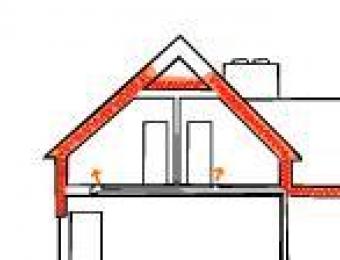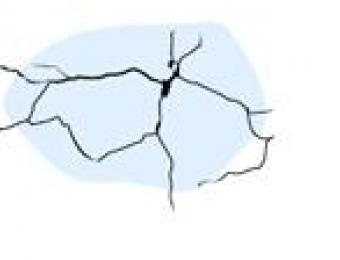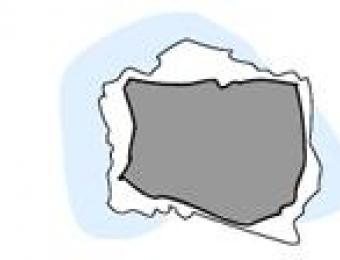What is plasterboard?
Plasterboard is a popular building product used to construct ceilings and interior walls. Plasterboard was introduced to Australia in the 1940’s and is commonly also known as drywall, gypsum board and Gyprock. Standard plasterboard is made by sandwiching a layer of gypsum plaster between two thick sheets of paper. Variations to the plaster recipe or the sandwiching material can result in plasterboard sheets which are water resistant or can be used for soundproofing.
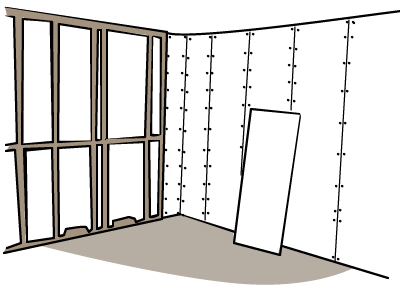
Why is plasterboard used?
Installing plasterboard is a relatively simple and effective method of creating interior surfaces inside your home. It is fast to set up and reasonably priced. Once the plasterboard is installed, it can be finished with various treatments including paint, wallpaper, tiles, wainscoting and rendering. Other benefits of standard plasterboard include fire resistance and a relatively low environmental impact.
How is plasterboard installed?
Standard plasterboard comes in lengths of up to 6 metres and in widths of either 1200mm or 1350mm. Most walls are constructed using 10mm thick plasterboard, however it is available in several different thicknesses. Ceiling plasterboard needs to be reinforced for strength, so it tends to be slightly thicker. Once the frame of your house has been erected and the wiring and plumbing have been installed, you are ready to install plasterboard to create interior walls and ceilings.
Is plasterboard easy to maintain?
Plasterboard is quite thin and brittle, which makes it vulnerable to cracks and breaks. If it comes in contact with excessive amounts of water it will become mouldy and will need to be replaced. On the plus side, plasterboard is easy to repair. Hold on to any excess interior paint in case you do need to paint over plasterboard patches.
|
Advantages
|
Disadvantages
|

